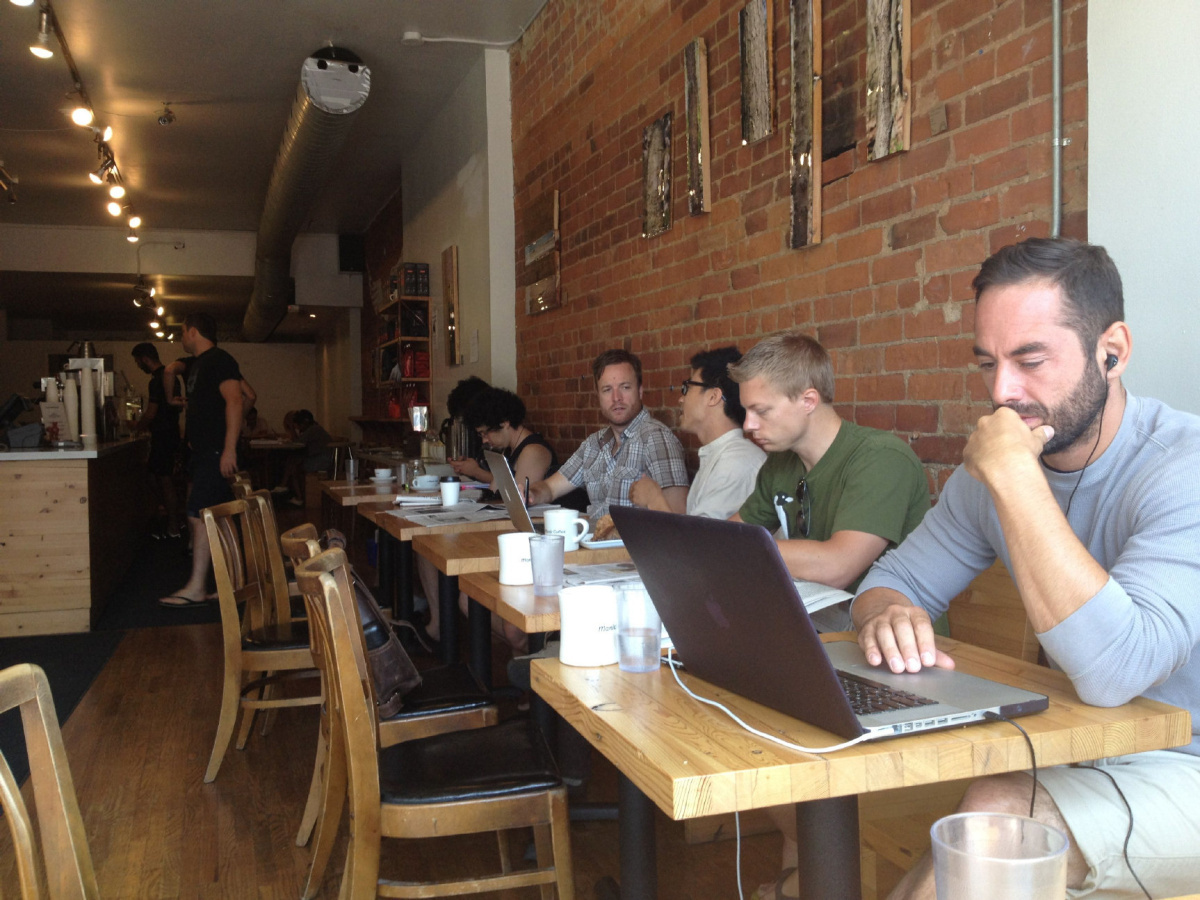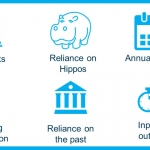 The most often talked about shift in the changing expectation of the future of work is the desire for more flexibility – in time, location and in how work is done.
The most often talked about shift in the changing expectation of the future of work is the desire for more flexibility – in time, location and in how work is done.
In our life outside work, consumer tech has enabled huge amounts of flexibility in how, when and where we do things. We can shop, bank, learn, be entertained, chat, share, create and much more from any device, in any location (where there is a connection!) and tailor when, where and how we do it in a way that suits us as individuals depending upon our personality and circumstances.
Quite understandably, we are increasingly expecting this in our working lives too.
Flexibility with time The days of working rigid 9-5 hours are long over. Being able to work around family commitments, avoid rush hour traffic and or even adjust our hours according to whether you’re a lark or a nightowl can make all the difference to keeping people happy and productive.
Obviously for some jobs you just have to be there for specific customer-facing hours, there’s no getting round that. And of course in pretty much every role there will be times you do need to check in and co-ordinate with others. Flexible organisations and teams often have simple rules such as an agreed time when you need to check in or be online to allow this ‘check-in’ time.
Flexibility with location For many of us, as long as you can get online, we should be able to work pretty much anywhere and this location flexibility expectation is becoming the norm. Many people now work at least some of the time from home, or somewhere other than the office. This is often a real cost saver for organisations, with less rent and facilities fees to pay. Unfortunately many organisations or roles still don’t have systems that can be reliably and securely accessed anywhere and on any device, nor the leadership, performance management, policies and trust to be comfortable with wider location flexibility.
Interesting: this is the one that managers in particular struggle with the most, as many have been conditioned to want to actually see their people to make sure they are working. In my view, the much talked about reversal of Yahoo!’s working-from-home policy could have been avoided with better leadership awareness, some decent performance management and some simple policies and rules. I predict it will be a temporary change.
Flexibility with how work is done and measured In the old industrial world, where companies bought your physical labour, it made perfect sense to measure how much time you spent doing things and dictate exactly how things should be done. The process was defined and mandated by management. Now, mostly, we are buying people’s minds, not their physical labour and there are usually many ways to achieve a particular result or outcome, and our preferences for achieving even simple projects is changing. In such a rapidly changing world, we are often asking people to address issues and challenges never seen before, so there is no fixed ‘way’ of getting there. In this context, is it smart to insist on a rigid process? Giving people flexibility in how they approach tasks and measuring the outcome rather than inputs (like time worked and steps taken) makes far more sense.
This takes a shift in thinking – and identifying the outcome we want is not always easily defined and measured. And of course if the outcome isn’t satisfactory that needs to be managed effectively – something that requires real leadership, which is harder that managing a rigid process and making people simply turn up in the hope that the job gets done.
So what does increased flexibility do for organisations? Well a recent poll showed that almost 45% of people would consider a 9% pay cut if they could work more flexibly. You might not actually pay people less, but you could certainly hire better people for the same salary. Flexibility routinely comes at or very near the top of desirable qualities for new hires, and may just make your organisation that bit more attractive to talent.
How do organisations embrace this flexibility? There are several areas to consider, including:
- Challenge assumptions – ask why we can’t be more flexible? If there is a valid reason (like customer facing hours) that’s fine, but if not, look for ways to change.
- Change mindsets – especially middle managers who have been conditioned to working inflexibly through no fault of their own. Demonstrate the value in engagement, attraction and cost saving
- Support leaders – with skills and the confidence to lead people, manage performance and be comfortable with virtual teams.
- Have performance management approaches that effectively and transparently manage outcomes. This not only ensures the work gets done, it also builds confidence and trust.
- Have the right tech – being able to access work from any device and from anywhere, securely and reliably. Get the IT department to challenge their assumptions on this!
- Have the right policies and ways of working – for example a check-in time each day or weekly face to face
Most companies have now made at least some steps to offer more flexibility, but the range is very wide. In my view, the ones that will reap the benefits are the ones that shift their thinking, change their systems and processes, alter their managers’ thinking and skills, and rethink their performance management to make fully flexible working the norm.
If you’d like to inspire and enable your leaders to better engage their teams by embracing the future of work, then call Simon on 020 3488 0464 or email simon@simonwalker.org








